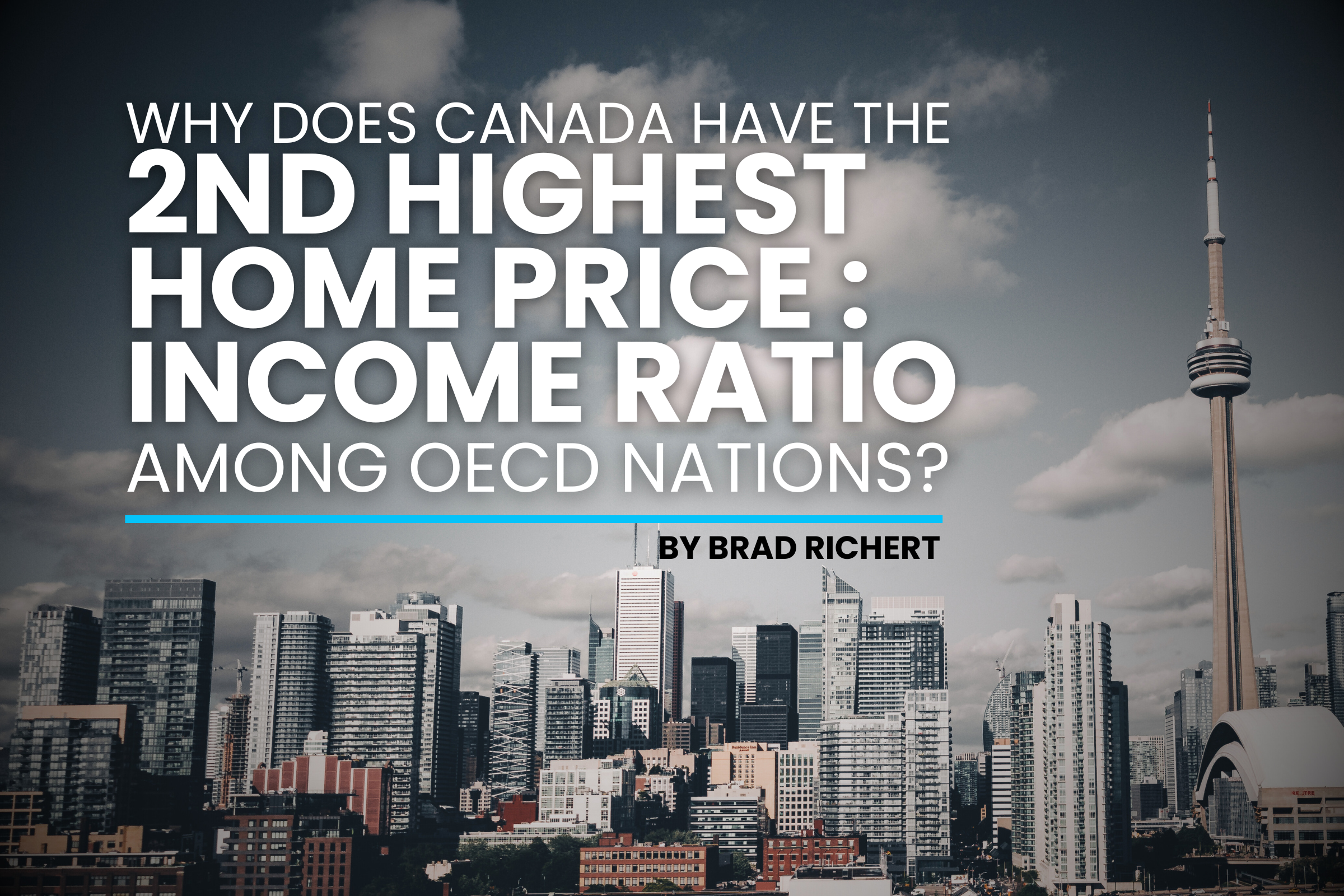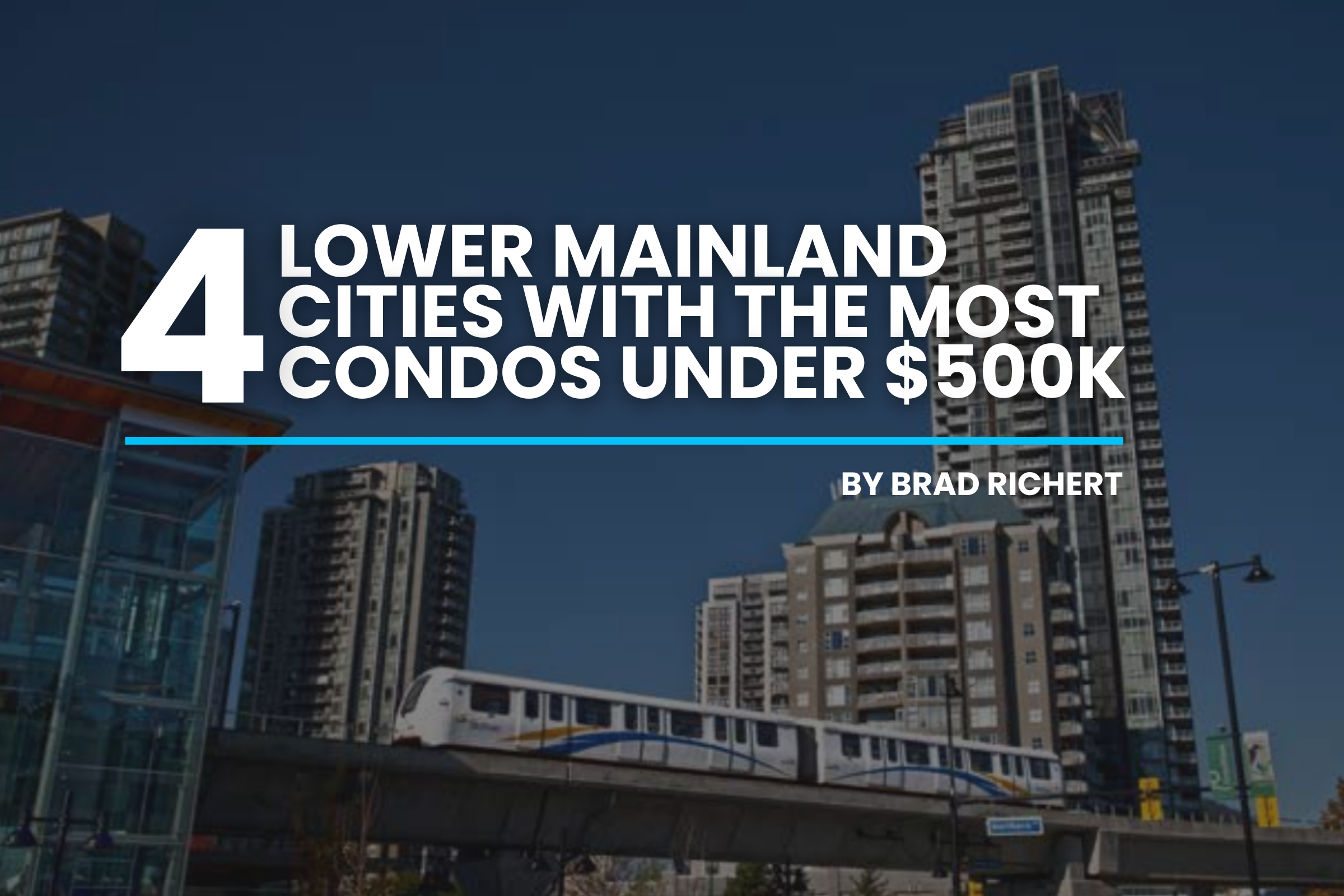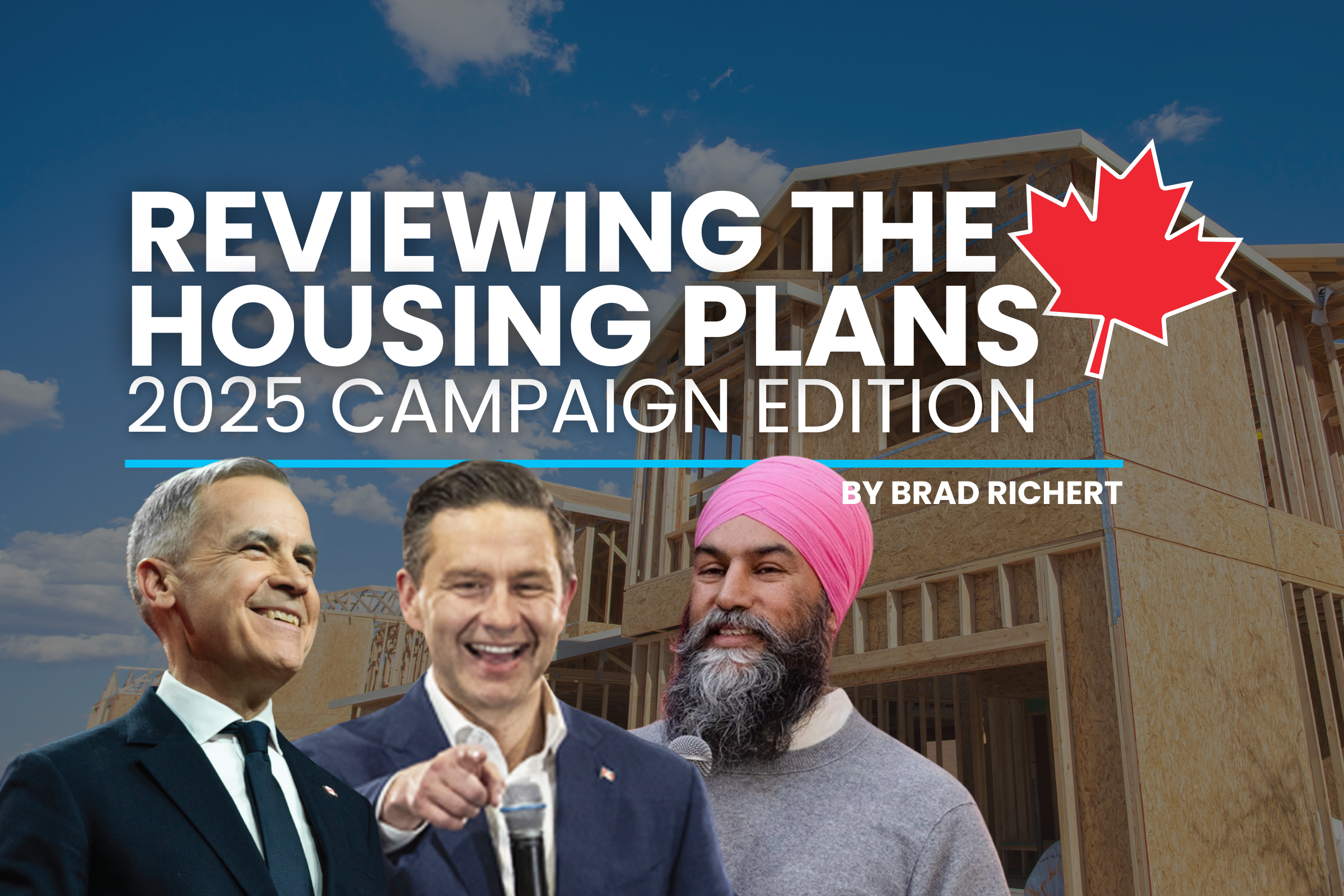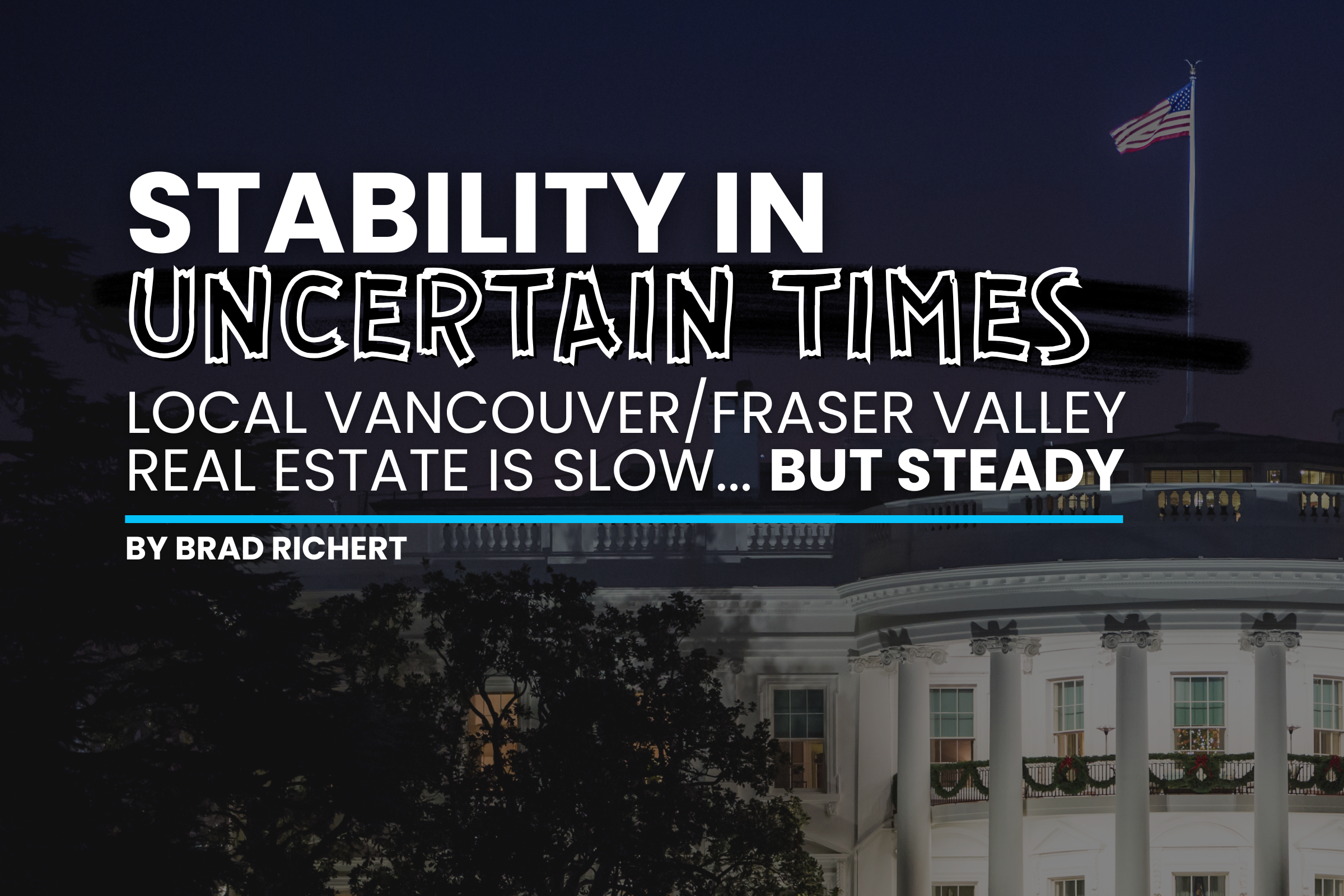For as long as I’ve been alive, and definitely beforehand, Vancouverites have been griping about the high cost of housing. This is not abnormal for attractive cities that are regional job centres and global port cities. Add to that the relatively moderate climate, the geographical constraints and the stable economic environment, it is reasonable to understand why a city like Vancouver will have relatively high housing costs. Yet there is little doubt that Canada’s housing crisis is well beyond it’s largest cities – Vancouver, Toronto and Montreal.
The Organization for Economic Co-operation and Development (OECD) tracks various indicators and provides policy resources for 38 countries around the world. In a most recent update, Canada showed to have a home price:income ratio of 135, which was the second highest – only behind Portugal.

Many of these nations grapple with similar global issues and have comparable policies and economic factors as Canada: high construction costs (many have far less access to lumber and natural resources), high immigration intake, an assortment of real estate commission structures, low interest rates, restrictive zoning policies, foreign investment, etc. Putting partisanship aside, what then really makes Canada so different?
For a proper analysis, we need to also understand which nations our ratio is similar to – USA, Czechia, Switzerland, Australia – and which ones we are more disparate from – Scandinavia, France, Italy, Germany, UK, and the Balkan nations. We also need to keep in mind what high home values means. High home values, while problematic for new home buyers, also equates to increased financial security for established homeowners. Many citizens in capitalist nations will achieve a balance of affordability and home price growth as a positive. However, whether or not Romania’s extreme affordability or Portugal’s extreme unaffordability are considered “good” or “bad” is not the purpose of my analysis. I merely want to consider the reasons behind the increasing ratio gap and see what responses could be considered should local, provincial, and/or federal governments really desire to mitigate it.
Unfortunately, the media and partisan politics too often focuses on just one or two causes of high home prices and disregards the larger picture. Politicians provide populist “solutions” that creates many unforeseen, or at least ignored, issues in their wake. Hyper-partisanship also leads to demonization of contrasting ideas rather than collaborative solutions. How possible is it to discuss issues relating to immigration or zoning in today’s political climate on either side of the political spectrum without their being an irrational and hyper-partisan response?
If we do, in fact, want to “solve” the housing crisis, we must set aside such partisanship and consider the facts, their variables, and the consequences of our actions.
1: Lack of Social Housing
It is widely recognized that home prices are directly related to the supply and demand equation: low supply + high demand = higher prices, and low demand + high supply = lower prices. We hear this from politicians, development industry groups and various “experts” quite regularly. For this reason, there is often a push to streamline development, reduce or subsidize fees to developers, and create targets for municipal governments. Yet the real estate market isn’t like shopping at a grocery store. We can’t subsidize one product to “bring you in” and then make profit on another. The real estate market is related to what a ready, willing, and able buyer pays for a unit – regardless of the cost to build it. If you reduce a fee to a developer, do you believe they will reduce the unit by that amount even though the market can bear a higher amount? Of course not – they will pocket the profits.

The graph above shows the relationship between the steady Canadian population growth between circa 1950 and 2023 in relationship to the number of housing starts. Throughout the post-ward era, up until the late 1970s, the number of housing starts were proportional to the population growth. Due to this, we did not witness major real estate corrections nor significant rapid increase in prices. Yet from the late 1970s to around 2020, the disparity between the population and the number of housing starts grew. Why?
The reality is that the development industry will always avoid over-saturating the housing market to the point that prices come down if they can. When home prices stabilize or fall, developers in the private market will hold off or reduce their number of building permits or sales centres and “wait until the market is more favourable”. This creates a catch-22. The development industry itself says that home prices are high because of under-supply, but then they say that they won’t build until the market is better. Developers build homes when they can realize profits and mitigate risk – not when governments tell them to. A provincial government, such as mine in BC, can attempt to push municipalities to build more, but cities can’t build homes – they can only approve them.
The chart above shows the level of federal assistance into the housing sector. Check out the dates. Now compare with my previous graph. The number of government subsidized homes spiked in the early 1970s, dipped in the late 70’s, spiked again in the early 1980s and then rapidly fell until the early 1990s where it remained non-existent for a generation – the same generation that would see housing starts fall disproportionally to population growth, a de-stabilization of the housing market, and rapid price increases.

“Accounting for over 20% of the total housing stock, the sector is largest in Austria, Denmark, and the Netherlands. Finland, France, Iceland, Ireland, and the United Kingdom have a moderately-sized social rental housing sector (between 10 and 19% of the stock). By contrast, the sector is relatively small (between 2 and 10% of the total stock) in Australia, Belgium, Canada, Czechia, Germany, Hungary, Italy, Japan, Korea, New Zealand, Norway, Poland, Slovak Republic, Slovenia, Switzerland, and the United States. The social housing stock is smallest in Colombia, Estonia, Israel, Latvia, Lithuania, Portugal, and Spain, where it accounts for less than 2% of the total housing stock.”
Over and over we see the same data, yet the solutions are rarely brought up: nations that rely primarily on the private development market and do not significantly invest in subsidized housing are doomed to experienced a shortage of housing stock regardless of other housing policies.
For more information, I highly recommend viewing Uytae Lee’s exposé on the “non capitalist solution” to the housing crisis:
2: Financialization of Real Estate
In retrospect, I should have made this number one and the issue above a subset of this. These two concepts are, in fact, related. In 1971, under Nixon, the United States abandoned the gold standard and took the world with it. The affect on housing was twofold: first, it allowed for central banks to increase the supply of money unrestricted from the supply of gold and, second, it incentivized real estate as a reliable hedge against inflation.
Canadian banks under Pierre Trudeau were given the ability to compete more effectively in the mortgage lending market, which had been predominantly served by trust and mortgage loan companies. These subsidiaries were permitted to raise deposits exempt from reserve requirements, providing banks with greater flexibility in mortgage financing. Furthermore, legislative amendments permitted foreign banks to establish banking subsidiaries in Canada.
Then, in the early 1980s, under Reagan, the USA enacted the Alternative Mortgage Transactions Parity Act (AMTPA). This act allowed non-federally chartered housing creditors to offer adjustable-rate mortgages and other alternative mortgage products. The USA also passed the Garn–St Germain Depository Institutions Act, which further deregulated savings and loan associations, permitting them to engage in riskier investment activities. While intended to increase homeownership accessibility, it led to the proliferation of high-risk mortgage products, contributing to housing market volatility.
The 1980s would see a continuation of deregulation of the financial sector throughout North America that would allow chartered banks to enter the securities industry through subsidiaries. The Canada Mortgage and Housing Corporation (CMHC) introduced mortgage-backed securities (MBS) in 1986. This initiative aimed to provide lenders with an additional tool to manage their mortgage portfolios and attract investors by pooling insured residential mortgages into tradable securities. The introduction of MBS increased the availability of mortgage funds and contributed to the growth of the housing finance market.
This trend of financialization continued through the 1990s with further reductions in social housing. There was an austerity-driven ideological movement during this era to let the private market completely take over the housing sector. The Canadian Income Tax Act was amended in 1995 to allow the establishment of REITs, with the first one appearing in 1997. This change provided a tax-efficient structure for investors to pool resources into real estate, leading to significant institutional ownership of rental properties. By 2020, REITs and similar financial entities owned approximately 20% of Canada’s private, purpose-built rental apartments, influencing rental prices and availability. With rental housing becoming increasingly about profits for investors rather than a place to call home, there was a greater incentive for a cycle of perpetually rising rental prices, which in turn caused higher home values.
3: Highly Regulation Construction Sector & Zoning Restraints
For better and (not “or”) worse, Canada has one of the most regulated construction regimes. Some of the construction regulations we have throughout Canada are absolutely archaic, whereas others genuinely save lives and protect the built environment. Yet whether these regulations are “good” or “bad”, they almost always have an added cost, both to developers as well as to taxpayers.
One example of a costly restriction is something I wrote about in 2019 that happened in my community: tandem garages in townhomes. In a populist response to complaints about parking in one neighbourhood, council pushed to restrict the number of townhomes in any project that could have tandem garages. Tandem garages are the less-desired, but also significantly less expensive, building style that forces residents to park one car in front of the other. Truly a first world problem. The issues with this are obvious. The reality is less so (which I write about in the link above). Regardless of those problems, the fact is that local developers indicated that this would add at least an extra $40,000 per unit in 2019 dollars. Side-by-side garages simply take up more room. So not only did council make more townhomes costly, they inadvertently restricted the number of more affordable homes in the municipality.
Related to government-induced constructions costs is, of course, zoning. I wrote an article in favour of eliminating single family zoning in my province after our government proposed it. As M. Nolan Grey persuasively argues in “Arbitrary Lines: How Zoning Broke the American City and How to Fix It“, restrictive, exclusionary zoning may be one of the most significant causes of unaffordable housing.

Zoning is not a good institution gone bad. Its purpose is not to address traditional externalities or coordinate growth with infrastructure as… envisioned in the sanitized SimCity version of city planning. On the contrary, zoning is a mechanism of exclusion designed to inflate property values, slow the pace of new development, segregate cities by race and class, and enshrine the detached single-family house as the exclusive suburban idea. – always has been.” -M. Nolan Grey
Single family homes are less efficient, more expensive to build, and eat up more land. The economy of scale allows multi-family residences to be built as a lower cost compared to single family residents. Beyond a multi-unit builder’s ability to purchase materials in bulk and efficiency in labour cost, think about the cost savings in shared foundations, envelopes, framing, roofing, plumbing, and electrical. Building a single family home is relatively costly and inefficient – in essence, it’s a luxury.
Of course, when you think of the proto-typical suburban experiment, you think of the United States, which is exactly why the USA is up there with Canada as one of the highest home price-to-income ratio disparities. In Europe, the proliferation of suburbanization is much less pronounced, coming several generations after North America, and in some countries, especially in Northern Europe and Scandinavia, completely reversed. This has afforded this countries to not only provide more affordable housing but also greatly reduce infrastructure costs.
4: Expanded Foreign Investment

Without getting into a whole history of the last few decades of the neo-liberal era that incentivizes globalization and demands perpetual economic growth, it’s safe to say that Canada is a victim of it’s own success. On the world stage, we have historically tended to push beyond our weight.
In 1976, Canada was invited into the G7 – a small group of major world economies – despite being the 32nd most populated nation. A decade later, Expo 86 was a major turning point for foreign investment in Vancouver and Canada. The world fair showcased Vancouver as a global city, leading to significant international interest in real estate, infrastructure, and business development. Hong Kong investors, in particular, saw Vancouver as a prime destination, contributing to the city’s rapid growth and increased property values in the following decades. Two years later, Western Canada also held the Olympics in Calgary and then again in 2010 in Vancouver.
These events were not caused by foreign investment: they were invitations FOR foreign investment. The purpose of Expos and Olympics is to draw attention to our cities and nation in hopes of proving that we are worthy of financial infusion. We got really good at it. These major international events provided a generational showcase that Vancouver, and by extension – Canada – is a safe, reliable, attractive place to invest in. The question is – is this something we really want to quell? Do we want to mitigate or eliminate cash infusions into our economy? Would that be a net gain for Canadians? Well, that’s where the devil may be in the details.
Either way, real estate is a highly leveraged asset that is a perfect vehicle to make legitimate money. If you can take $5 cash to borrow $95 and come out well ahead – why not? Furthermore, it’s also an easy way to keep money away from the communist Chinese government. I don’t know if we will ever know the extent of it, but one of the first things I anecdotally noticed as a REALTOR was how many Chinese investors were buying up land in the Agricultural Land Reserve (ALR). These foreign investors would tell me that they didn’t understand why Canadians undervalued our farmland so much. They would explain to me that their country has had historical food shortages and they understand the need for food security – whether or not it is in their own country. I have never forgot those conversations or their ramifications.
5: Historically Low Interest Rates

The graph above shows the Bank of Canada lending rate together with the benchmark home values since 2015. This is probably one of the best graphical images to show just how much the market is dependent on interest rates. I marked the two previous eras of historically low interest rates in teal: mid 2015-mid 2017 and again 2020 to 2022. What you see in common is that home values quite obviously rose quite rapidly during those times. Then as interest rates were ramped up slightly in 2018-2019 and more dramatically in 2022-2024, we see the softening of the market. It is pretty much impossible to argue the correlation between interest rates and housing prices.
The reasons for this should be quite obvious. Interest rates are something that affects almost every home buyer – especially those who drive the new market growth: first time home buyers. When an interest rate goes from 3% to 5%, it takes away purchasing power from almost every buyer. Compounding this is that sellers with variable mortgages – or fixed mortgages up for renewal – can be put in a position where they absolutely need to sell due to the increase in their mortgage payments. If these interest rate hikes are quite rapid, like we saw in 2022, then it results in desperate home sellers flooding the market in an environment where there is much less demand.
This doesn’t mean that higher interest rates are the solution to housing affordability. Simply because home prices are less expensive doesn’t make them more affordable… especially if you are paying more to the bank. Similarly, reducing interest rates are obviously not the solution because home values proportionally increase.
6: Rapid Immigration Growth
This may be most over-analyzed and probably over-blamed reason for housing price appreciation, but that doesn’t mean it isn’t a factor. When looking for potential causes for real estate value spikes, we need the timeline to line up. Therefore, we should at least see some immigration spikes in years leading up to the years that experienced rapid home values spikes, such as 2006/07, 2015/16, and 2020.

There is no doubt that Canada has seen a dramatic increase in immigrations since 2017, obviously with the exception of 2020 – however, there was also already an increase starting back in 2014. What this graph misses is the 2024 target increase to 485,000. So how about home prices?

I apologize for these graphs not lining up perfectly, but they are the best representatives of long term trends, comparable to other nations. What I hope that even a periphery analysis will show are two conclusions. First, on the long term, there appears to be at least a superficial correlation between increased immigration and elevated homes prices – especially over 2015-16 and more recently around 2021-22. However, it doesn’t explain why we would then experience softening prices over 2017-19 and since 2023. Furthermore, we are also witnessing local rental rates decrease in spite of increased immigration. Why would that be?
If we are adding so many people to the “demand” side of the “supply/demand” equation, then why aren’t we continuing to see corresponding price increases? Primarily, I believe, it is because the private development market is, in fact, building enough homes to suit the market conditions created by these new residents. When demand increases, especially if it is regular, consistent, reliable demand, it gives the development industry the confidence to build the number of units to match this demand. However, as I mentioned in the first reason at the start of this essay, developers will always avoid building past a saturation point that will lead to softening prices if they can help it. As we are expected to see less immigration in coming years, we can expect to see a reduction in development activity to match.
7: Stagnant Wage Growth?
There are multiple reasons why I’ve focused on the increase in housing prices rather than the other side of the home price-to-income ratio. The most likely reason is because I’m a REALTOR who is obsessed with real estate date. It’s what I know. I am NOT an economist. I am not a policy writer. When it comes to employment factors and macroeconomics, I am a layperson with limited understanding and research.
The other reason, however, is because I understand that when Canadians do, in fact, make more money, they can – and do – leverage it, willing to pay more and more for home prices. When someone receives a raise from, say, a $100,000 salary to a $150,000 salary, their maximum mortgage approval can go from approximately $415,000 to $670,000 (at 4% interest – special thanks to The Mortgage Mom for providing me WAY more detailed information than I needed for this). If a significant portion of citizens are making more money, that means there is more money to leverage for mortgages, therefore raising home prices. This double edge sword is the reason why I focus less on slow wage growth and more on the factors that influence the home price side of the equation.
Conclusion:
When we look at the reasons for high housing costs – and values – we should recognize that the solutions will be nuanced, multi-faceted, and potentially very expensive. It is easy to gripe about a government’s responsibility in all this, but I hope that what this essay shows is that housing affordability is a complicated issue. Increased wages leads to increased purchasing power. Reducing immigration will lead to reduced homes built. Low interest rates results in higher home values. Financialization of our housing market and added foreign investment creates jobs and builds our economy, but also makes housing a commodity that has become a vehicle for investment. Restricting land uses or giving people every thing they want and complain to local governments about more than not ends up costing taxpayers and home buyers more money. Finally, the diminished investment in subsidized housing over the past two generations has forced housing to be driven by the private development market, which has had the consequence of more frequent boom and busts and for there to be a focus on perpetual price growth, sustainable or not.




